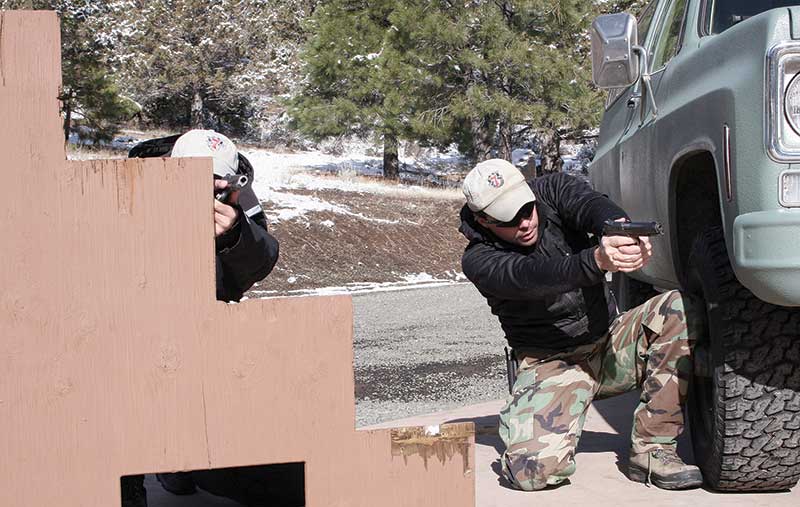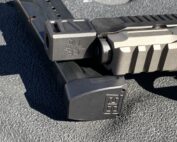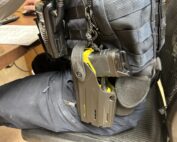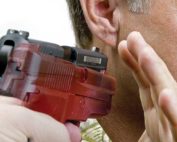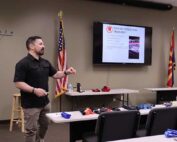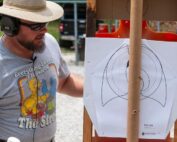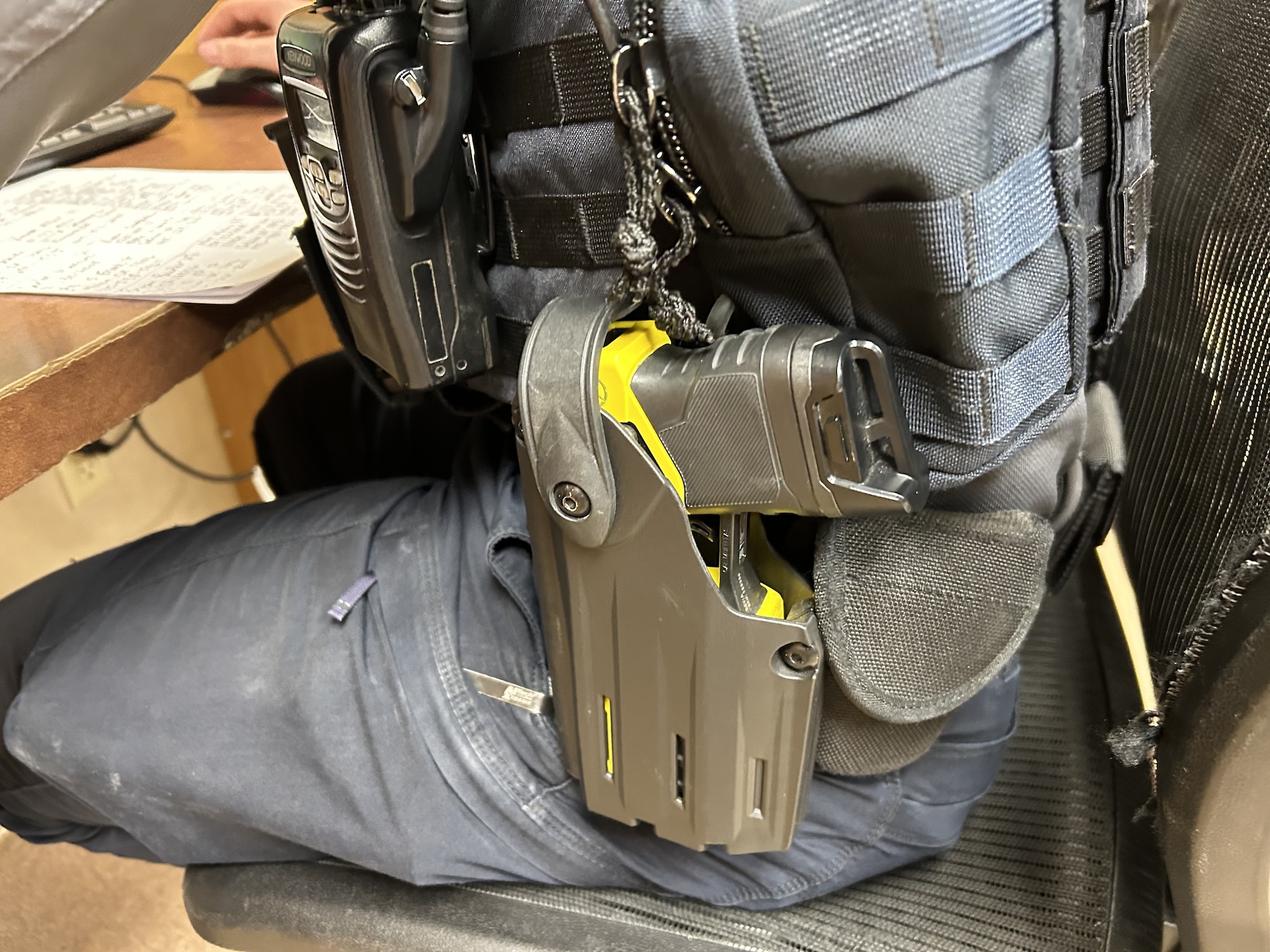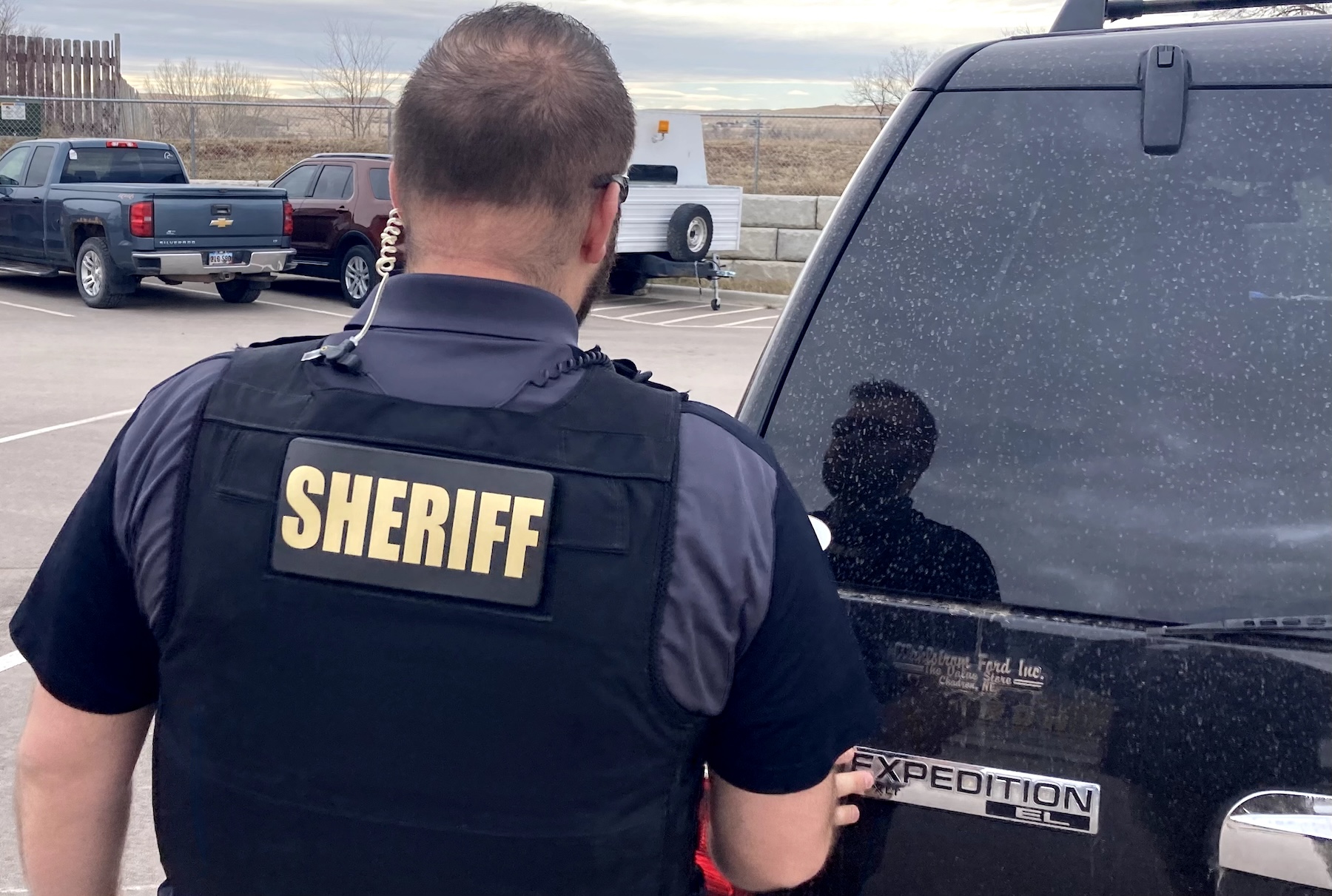
ACMA10_StepUp-2_3-800
Training is a constant adaptation of using what resources you have to teach what you want your students to know or be capable of doing. The “doing” process in the field or in fighting needs to be rigidly flexible as fights are never the same from one day to the next and contacts, raids and warrant services never come out the way they were planned on the chalkboard. The ability to use what you have and teach students is probably a gift. I’ve seen million dollar ranges that were dysfunctional because the instructor spent more time having students move the stupid shooting benches back and forth on the 300 yard range than teaching them sniping skills.
What a great example of people who could move tables but couldn’t shoot for crap — but then again, they were strong. I’ve also seen very modest ranges that truly shined because the instructors simply taught to the level, mostly fundamentals, of what they knew.
So between instructions, the range facility and the props used, some pretty good stuff can come out of training without spending a lot of money. In today’s world it’s money most agencies don’t have anyway. There’s one prop I’ve used for nearly 30 years. It’s easily made, inexpensive and yet when used by a thinker can be applied wisely so students get something valuable out of their range time.
THE WALL
I made my first stair step barricades in late 1983 because they helped me with rifle instruction and bluntly, their design was mostly to allow them to fi t into the bed of my truck. Being on the road teaching out of a truck from 1983 to 1993 often I was required to generate my own world when it came to range props and teaching aids. Each step wall had fi ve basic fi ring positions and most of my classes had ten people.

An inexpensive plywood wall such as this allows you to replicate similar shooting positions you might use when using your patrol car for concealment or cover. And you don’t have to worry about shooting up your cruiser during training.
Two clients at a time could work around a wall and each other in movement drills, firing two rounds from each fi ring point, making ten holes down range, which made for easy scoring and critiques. The different elevations of each step make for awkward firing positions — which is a good thing and the walls could be reversed to push students outside their comfort zones in right or left-hand applications. This can get over engineered so I’d simply put up the walls and have the shooters use it regardless of whether they were right or left-handed.
The wall addresses several training issues from movement and gun handling to odd firing positions. If a wall is placed near a vehicle it’s easy to see why it would work well in police training; its size and heights are close to what you bring with you for cover on a radio call … your car. You can use the wall as a rest or for support while firing, but common sense dictates you don’t allow the muzzle of the weapon to protrude into the fight without first knowing your environment. I do not advocate sticking the muzzle beyond or into an area that is not secure, i.e. a doorway into a room not yet cleared.
WHERE’S YOUR MUZZLE!?
It’s not necessary to go to the wall or any structure to have it protect you from incoming fire. As long as you place the cover/concealment between you and the threat it’ll be helpful. Remember, walls and cars do not stop rifle projectiles, and I’ve said that so many times. In recent events many officers have been shot through walls and vehicles — a fact that needs to be reinforced in training.
If you’ve ever read anything I’ve written, you know I’m hell on wheels about the damn muzzle-awareness and the AR offset of the sights. People and cops have been killed by other police because of the lack of awareness as to where their muzzle or partner was. Police have shot buildings and cars and killed bystanders because they forgot the offset. All of this is stupid. The wall shows you very quickly if the muzzle is not clear — it’s that splintered hole you just shot into it.
A basic stair step wall is an inexpensive piece of gear that has lots of training value and can easily be made by anyone. Like any training, the wall is a representation of something you may encounter in a fight, so any exposure to it should give you a “step up”. That sort of falls under the premise, “forewarned is forearmed” — try out a wall and most of all, train safe.



